How to make Furuno FAR-2805 key beep audible?
- DdavidlongSep 12, 2025
Adjust the key beep level on the RADAR 2 menu.

How to make Furuno FAR-2805 key beep audible?
Adjust the key beep level on the RADAR 2 menu.
What to do if Furuno FAR-2805 Marine Radar range rings are not displayed?
If the range rings are not displayed on your Furuno Marine Radar, try the following: 1. Replace associated circuit board if unsuccessful. 2. Replace keypad. 3. Replace SPU Board.
What causes poor discrimination at range on Furuno FAR-2805?
Improper setting of A/C SEA control. If A/C SEA is seen only at very close range, suspect inaccurate frequency of crystal oscillator.
| Display Type | LCD |
|---|---|
| Output Power | 25 kW |
| Type | Marine Radar |
| Frequency | 9.4 GHz (X-band) |
| Range | Up to 96 nautical miles |
| Rotation Speed | 24 rpm (standard), 48 rpm (optional) |
Critical warnings regarding severe hazards like electrical shock.
Safety precautions for RF radiation and electrical hazards.
Additional safety warnings for equipment operation and handling.
Step-by-step guide to powering on the radar unit.
How to activate the radar transmitter from standby mode.
Overview of the main control panel and its functions.
Using controls to reduce sea clutter interference.
Methods to reduce clutter from rain, snow, or clouds.
Using VRMs to accurately measure target range.
Using EBLs to determine target bearing.
Using EBLs to assess collision risk and target course.
Configuring an alarm zone to detect approaching targets.
Manually plotting targets to assess motion trends.
Overview of visual and audible alarms for system events.
How to navigate and set ARPA parameters via menus.
Steps to activate and configure the ARPA system.
Setting limits for collision avoidance alarms.
Activating and configuring guard zones for alarms.
Explains ARPA alarms for various situations.
Simulating ship maneuvers to predict target reactions.
How ARPA selects and tracks targets based on criteria.
User-level troubleshooting for common radar problems.
Hardware and software issues requiring qualified service personnel.
Program for testing major circuit boards in the radar unit.
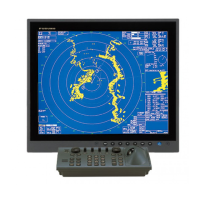



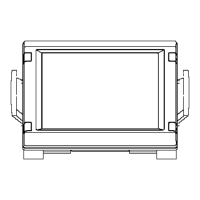



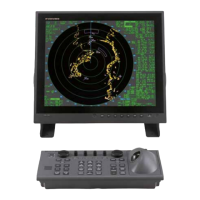
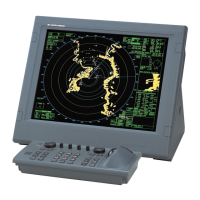
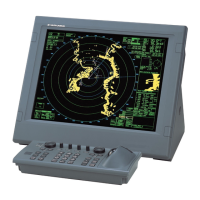

